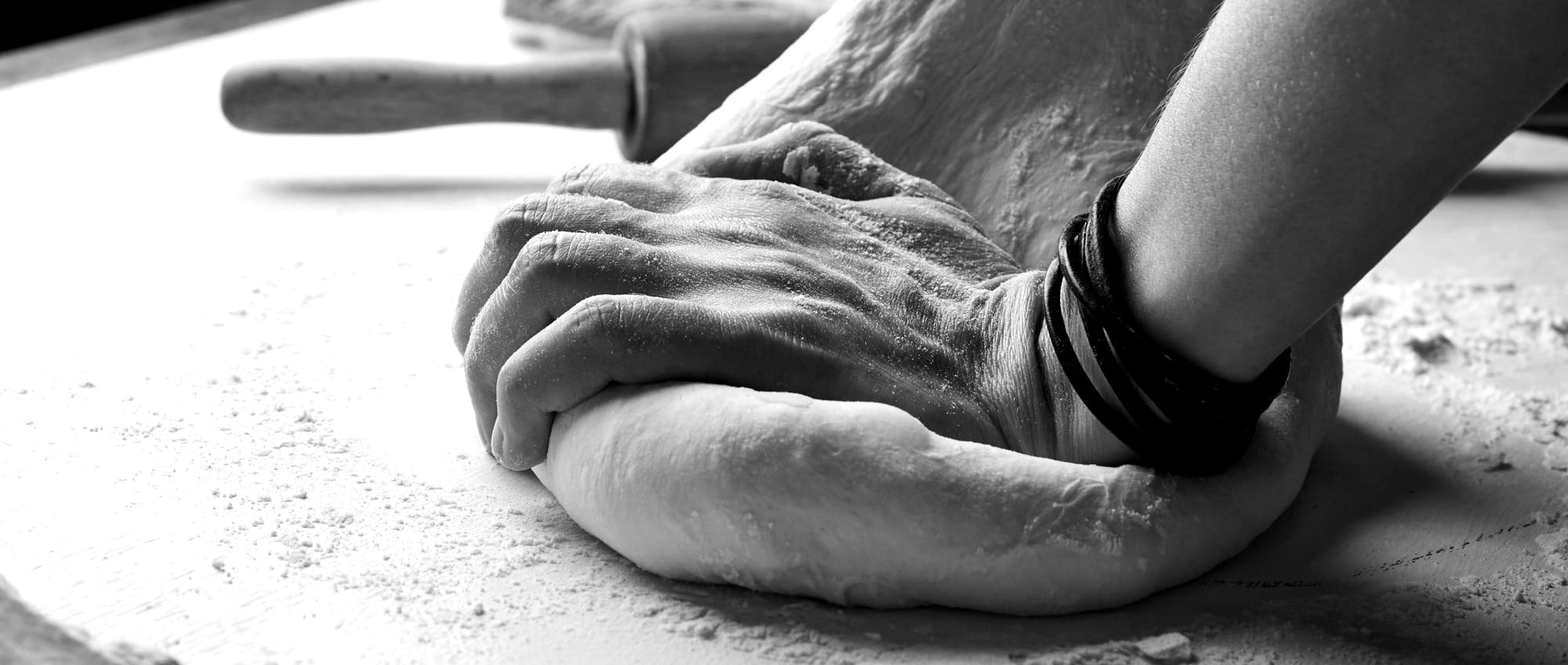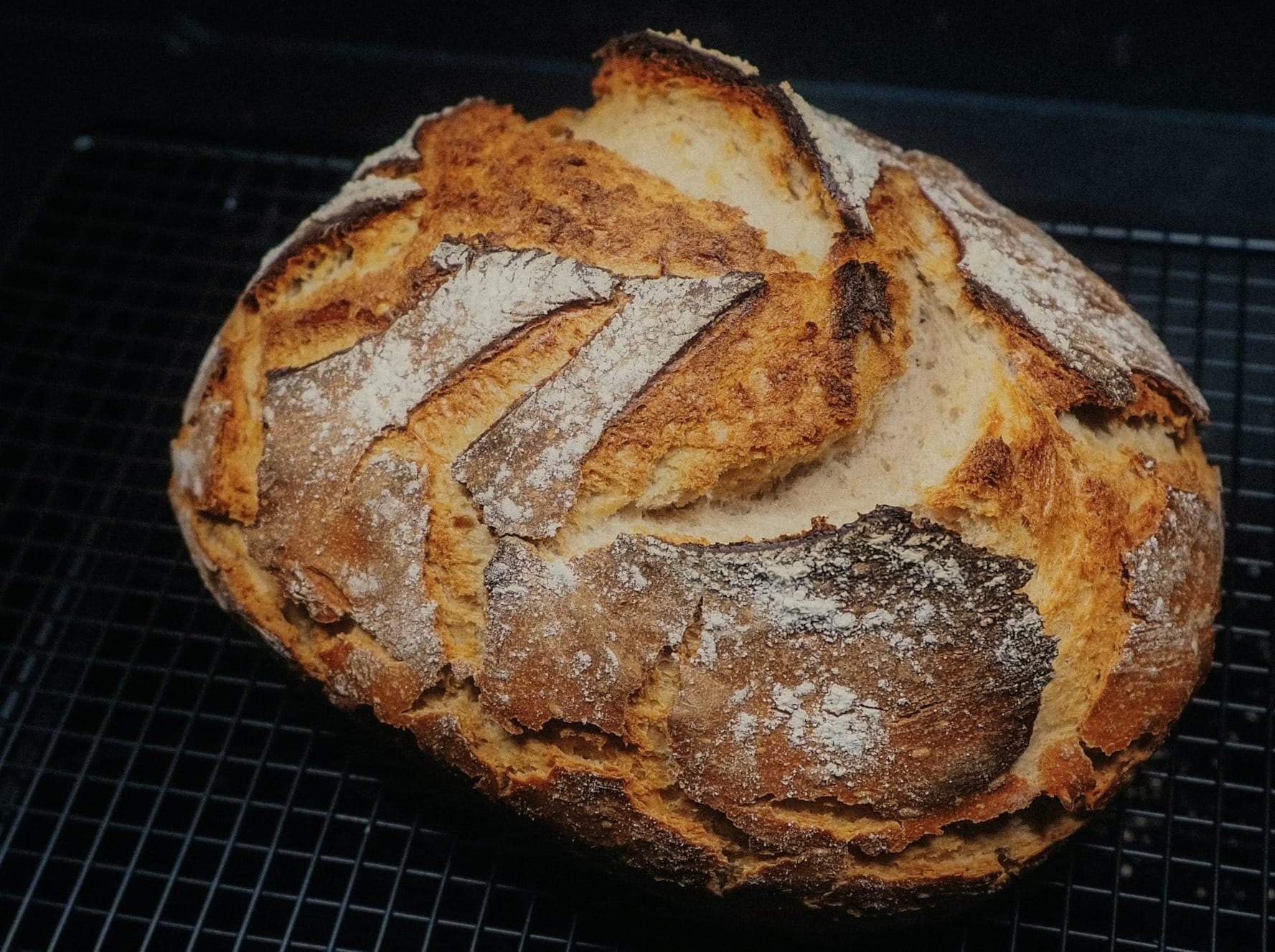Kitchen Alchemy — Bread That Sets the Tempo
Letting dough teach patience and presence

The scent of bread baking can stop even the busiest household in its tracks. Kneading, proofing, and waiting force time to stretch, turning flour and water into an edible metronome. In a world where dinner often arrives via delivery app, baking bread at home becomes a quiet rebellion — a back‑to‑the‑body practice that rewards slowness with a crust you can knock like a door.
Mixing — The First Commitment
Combine flour, water, salt, and yeast in a wide bowl. Use your hands; wooden spoons distance you from texture. The dough will feel shaggy, reluctant to cohere. That’s fine. Like any relationship, it starts rough.
Autolyse — Letting the Gluten Breathe
Cover for twenty minutes. This short rest allows flour to hydrate, cutting kneading time later. It’s the dough’s first lesson: sometimes progress hides inside stillness. Set a timer and resist poking.
Kneading — Rhythm in the Palms
Turn dough onto a counter dusted with flour. Fold, press, rotate — a slow waltz between hands and dough. Ten minutes is ideal; your forearms will complain, then settle into trance. Notice how the mass turns elastic, reflecting your attention back like polished stone.
First Rise — The Invisible Work
Place dough in a lightly oiled bowl, cover with a damp towel, and walk away for 90 minutes. Yeast feasts in silence. Use this window for something analog: reading aloud, playing guitar, hand‑washing dishes. The kitchen becomes a chapel to patience.
Shaping — Intent Becomes Form
Punch down gently, then tuck edges under to create surface tension. The dough tightens into a smooth orb, ready for its final rise. Sprinkle flour like confetti — a small celebration of progress thus far.
Second Rise — Anticipation
Let the shaped loaf rest on parchment or in a proofing basket for 45–60 minutes. Preheat the oven during this stage; the whoosh of gas or hum of electric coils signals approaching climax. Steam builds inside the dough just waiting for its cue.
Baking — Transformation
Score the top with a sharp blade. Slashes allow expansion and create decorative patterns. Slide loaf onto a hot stone or baking sheet, spritz water for steam, shut the door. In fifteen minutes the crust will blush; in forty, you’ll have a loaf singing — crackling as it cools.
Cooling — The Final Test of Patience
Wait at least an hour before slicing. Cutting too soon gums the crumb. The smell will taunt you, but restraint here rewards with cleaner slices and deeper flavor.
Shared Table
Serve with salted butter, olive oil, or just plain. Invite whoever’s nearby; bread’s magic doubles when torn communally. Mention how long it took — not to boast, but to honor the hours that shaped it.
Beyond Bread
The practice extends to other ferments: sourdough, kimchi, even slow‑cooked stock. Each asks you to trust unseen processes, mirroring life where outcomes brew beneath the surface.
Closing Crumbs
When the last slice is gone, brush crumbs into your palm and taste one. Remember all bread begins as dust, the same dust that settles on neglected dreams. You turned it into something nourishing. Let that alchemy echo into tomorrow’s tasks: slow down, apply warmth, and watch what rises.
— Lawrence


